Two years on, I’m haunted by the moment the Taliban brought death to Kabul
The terrible toll of the disappeared, the tortured and the executed was yet to be calculated, but Kim Sengupta recalls the day when a single roadside death brought home the horror of the West’s ignominious withdrawal from Afghanistan – and the price paid by its people

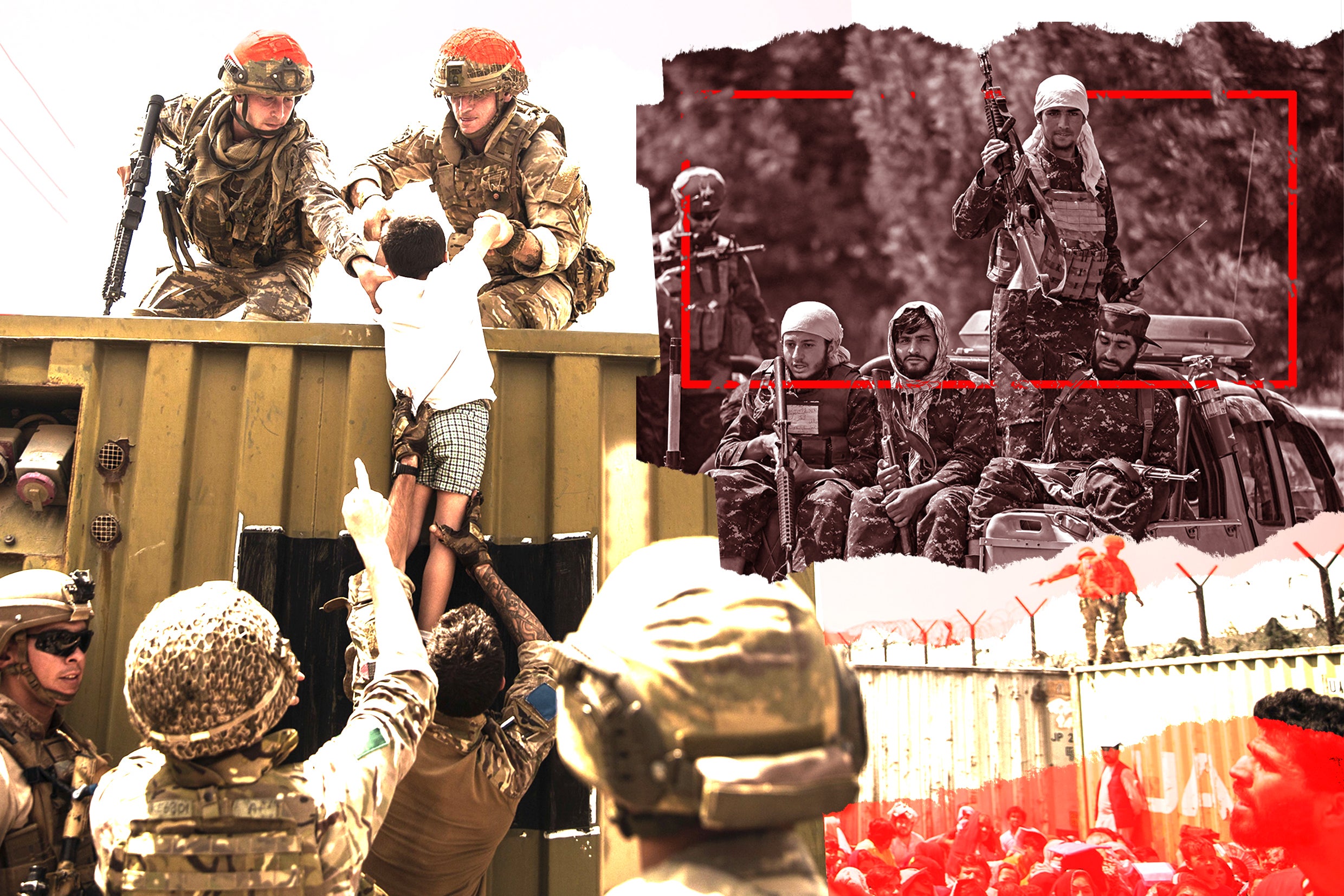
Among the terrible scenes of human misery that unfolded as people desperately tried to escape the Taliban in the wake of the fall of Kabul, there was one day that was particularly sad and haunting.
In airless heat under a fiery sun – with hundreds of people packed into a narrow road outside the airport – we heard a piercing cry. A woman stumbled out of the crowd, frightened, looking around for a familiar face. She tried to speak, but no words came. Then she fell into the dust, a hand raised in supplication.
She died. The first of five women to die in the following hours on a road filled with potholes and rubble. The fatalities around the Hamid Karzai international airport – from various causes – was estimated to be 12 in those 24 hours. But the real figure was almost certainly many more.
A young Hazara girl, around eight years old, came up to me, she was trying to find her mother. “I feel very scared, I have no one,” she whispered, raising her arms. One hand was missing. The result, we found out later, of a bomb blast in the past.
We could not see the mother. The girl stuck close to me as we asked British troops, who were trying to bring some kind of order to the tumult, and they too started looking. But without success.
Bodies of the dead women, covered with shrouds of tattered white cloth, had been placed against a wall. The girl had wandered over there. A soldier from the parachute regiment and I both tried to get over and get her away, but by the time we got there, she had lifted a shroud and seen her mother. She collapsed crying.
Some of us who were reporting on those last days of the Western withdrawal from Afghanistan had covered the conflict for a long time. I had been to the country around two-dozen times across two decades. We had seen our share of deaths and injuries from bombs and bullets. But the deaths at the airport, distressing and so unnecessary, were particularly poignant.
The suffering that took place was a damning indictment of the Western withdrawal, an inglorious exit forced by Joe Biden’s decision to pull out all troops and limit the window for evacuation. The cost was borne by the Afghan people who had been assured safety by successive American presidents and British prime ministers.
The little Hazara girl is now with her family in a safe place. One of her relations, a government official, was imprisoned and killed in Bamiyan by the local Taliban commander – one among many victims of the new rulers who assured us in a press conference days after taking over that there would be no retribution on adversaries. They also promised, on that same occasion, that they would respect women’s rights, including access to education and work.
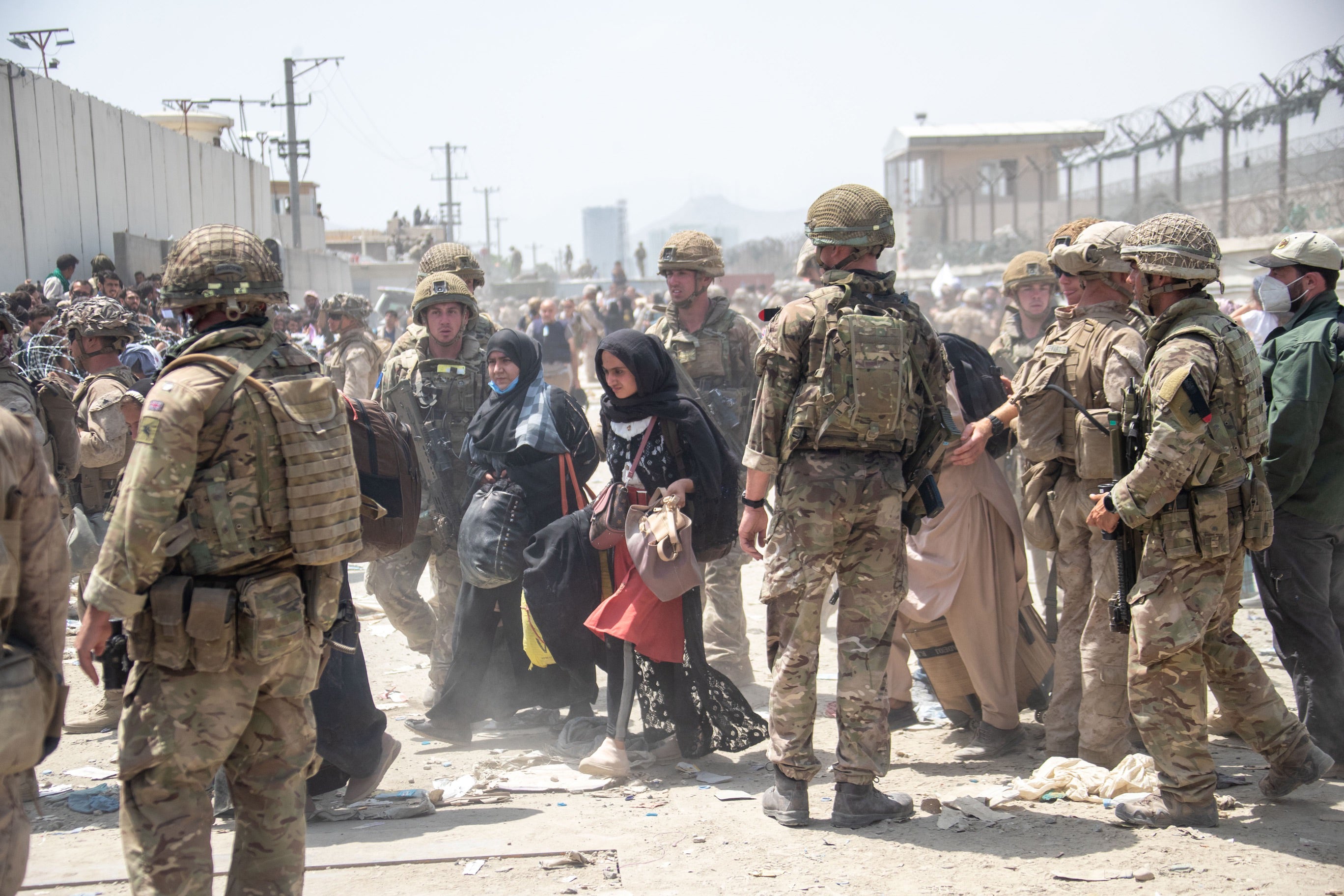
In the ensuing two years all that has proved to be false. The toll of the disappeared, the tortured and the executed continues to rise. Women are shut away at home, the life they knew stripped away layer by layer. Thousands who were particularly vulnerable due to their association with Western governments, including the UK, remain trapped in the country, hunted by the Taliban.
All this was yet to come at the time of the evacuation. The British soldiers on the mission were exemplary in the way they conducted themselves, sensitive to the grief they saw all around and trying to fly as many people out as possible.
Some of the soldiers were very young, a sign of a changing army after the end of the Iraq and Afghan wars. “I expected to see dead bodies, but not this, I didn’t expect this,” said one private. A corporal came over and patted him on the shoulder: “I’ve been in the army for 12 years and what’s happening here is the worst I’ve ever experienced.” He paused, looking at the throng frantically waving their documents and the Taliban gunmen at a checkpoint beyond a barrier of containers, and added quietly: “Things are going to get really bad here, aren’t they?”
As the soldiers spoke there were sudden shouts of “get down... keep down”. It was a security alert, a man with a suspect device had been spotted. “It’s a male in a white dishdash, a red cap and a blue bag” was the warning relayed by the soldiers. Specialist jamming equipment was brought out in case a bomb was primed to be set off electronically. The man had disappeared, it was a false alert, we concluded.
A week later a suicide bomber struck further along the road. At least 183 people were killed, 170 Afghan civilians and 13 US military personnel. Quite a few of the corpses piled up in the morgue had bullet wounds. It has remained unclear how many were shot in the wild firing, which had followed the blast. Isis-Khorasan Province claimed credit for the murders.
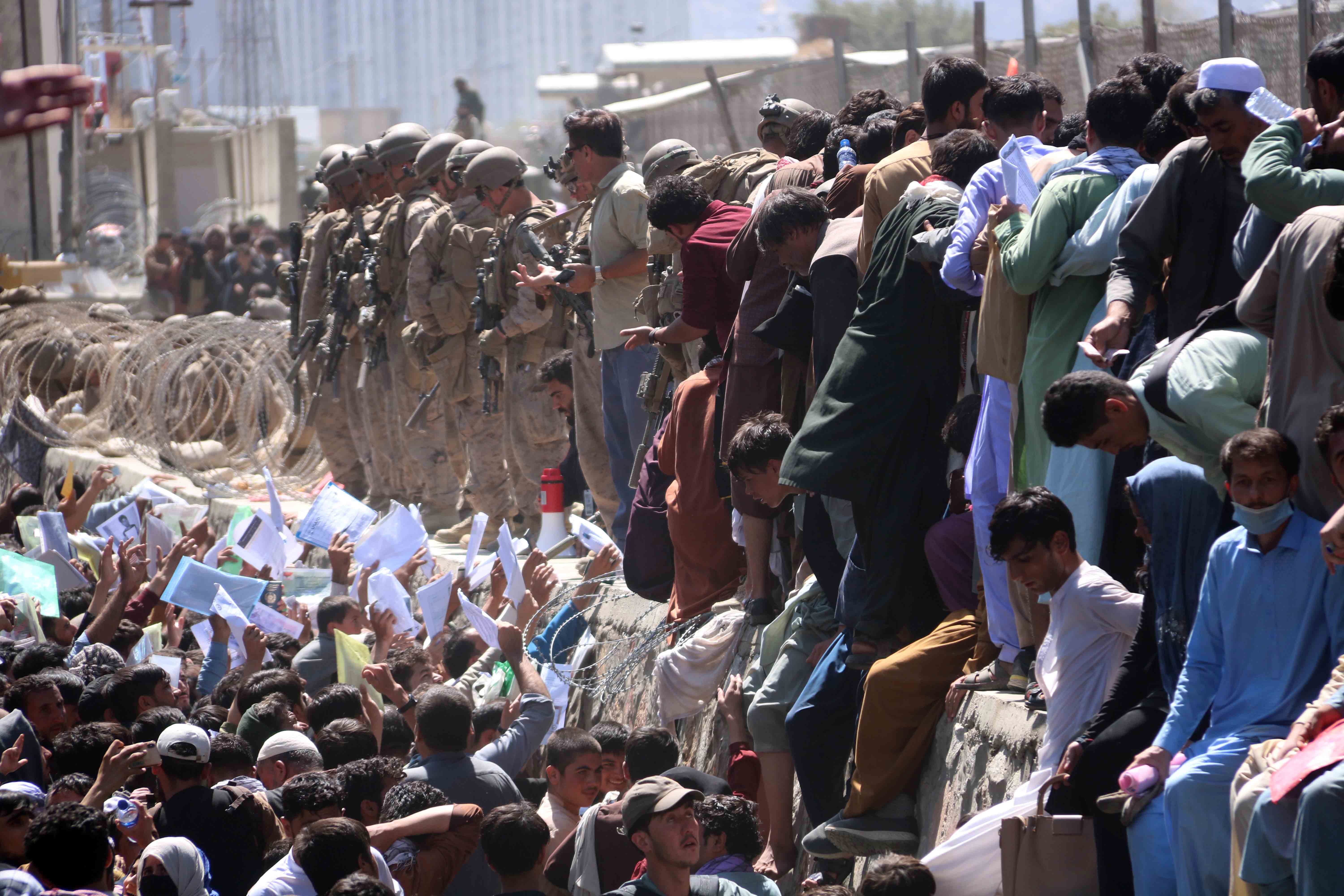
The Americans carried out a drone strike in retribution, with the aim, they said, of eliminating the bombers. Ten civilians nearby were killed, including seven children. Some of the dead had worked for international organisations and held US entry visas, but had been unable to get on flights. The Pentagon claimed there had been secondary explosions in a vehicle that was hit, indicating it may have been carrying explosives. But no definitive proof of that, they acknowledged, had been found.
What followed at the end of the airlift confirmed the worst fears of Afghans. The day before the Taliban entered Kabul, Afsaneh Ansari, the sister of a friend, told me: “I was looking at myself in the mirror this morning and thinking I am 20 years old, the life I wanted will end now. I wanted to be an artist trying to fuse Afghan and Western art. I am also a human rights activist as you know. I was born the year the Taliban fell, we never thought they’d come back like this. It's a disaster: what’s going to happen to us?”
For Afsaneh, the future was a hurried departure from the family home in the Wazir Akbar Khan district in the capital to stay at her grandmother’s house in the suburbs. Her parents were worried that as a single woman, she may be forcibly married off to a Talib.
Against her parents’ wishes, Afsaneh took part in the daily protests by women against the punitive laws being brought in by the new regime. Those included being forced out of schools and colleges, banned for working and being ordered to wear the burqa. When the Talibs tracked her down, she fled again, to Mazar-i-Sharif in the north, and eventually to Pakistan.
Afsaneh has found refuge in Canada. “At least I am alive and I have started a new life now,” she told me the last time we spoke. “So many others did not survive. I hope people will remember them, what happened to them.”
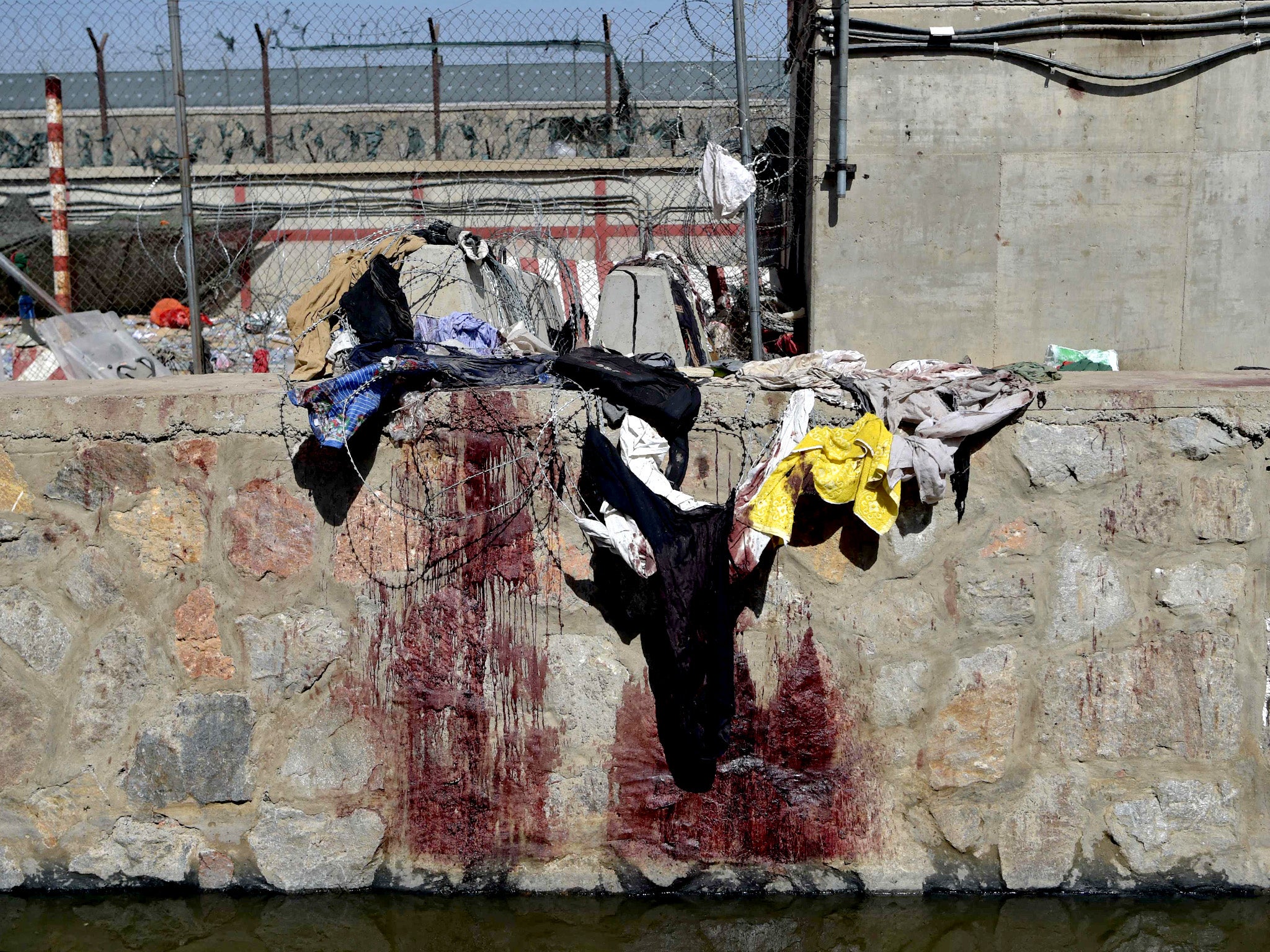
Among the acquaintances who did not survive was 26-year-old Rahima. Her husband, Ahmed – an economics graduate – had worked for the UN, the World Bank, and a British company undertaking UK government-contracted projects involving the Afghan administration.
Two days after Kabul fell to the Taliban, Ahmed applied for evacuation under the Afghan Relocations and Assistance Policy scheme with the backing of the British company. He received a reply from the Foreign, Commonwealth and Development Office, saying his application had been received and that “we will endeavour to respond to you as quickly as possible”. He did not hear anything more.
The family, knowing they were under threat, left home. Rahima went back to the house with her brother one night to collect clothes and documents. They were spotted.
The Taliban arrived, but Rahima refused to say where her husband was when questioned. An angry fighter opened fire with his Kalashnikov AK-47, shooting her in the head. She was rushed to the nearest hospital. But the same group of Talibs turned up and ordered the medical staff not to treat her. The family took her to a private hospital where a doctor they knew carried out an emergency operation. Rahima died soon afterward.
Many Afghans who had fought alongside Western allies against the Islamists have subsequently been eliminated. After their arrest, their bodies – often with awful injuries – were delivered to their homes, or dumped on the roadside.
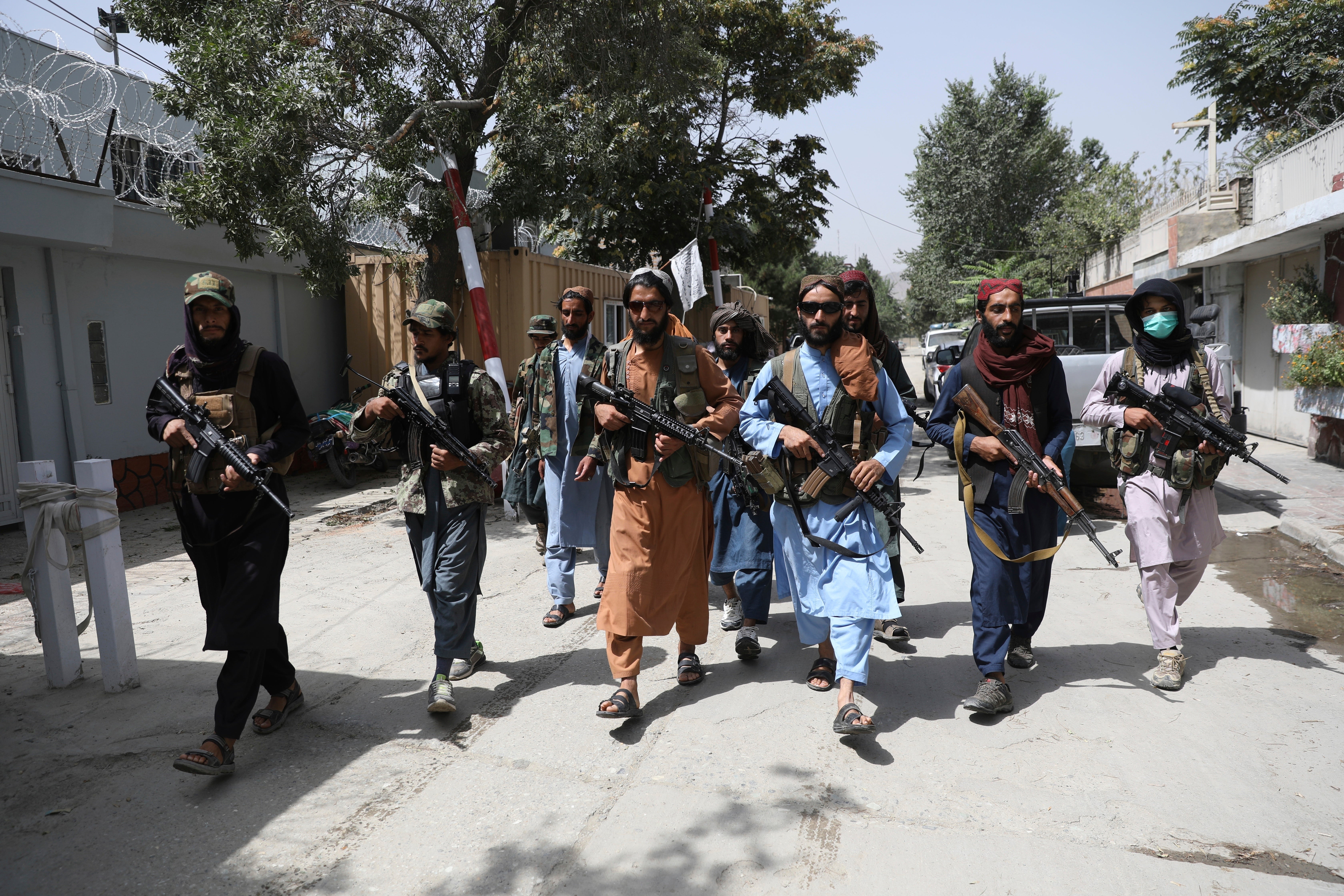
In the final week before the Taliban takeover I was in Herat, in western Afghanistan, with fighters of the veteran commander Ismail Khan. They seemed to be acquitting themselves well. A Talib fighter had come into government-controlled Herat city – at great personal risk to himself – to explain the Taliban’s point of view. He was in a subdued mood, with serious reverses inflicted on his side. “We fear only two things, Allah and US airstrikes,” he said.
Yet, Herat was in Taliban hands two days later. I was back in Kabul by then. The Talib fighter said in a telephone call that he and his comrades did not know what had happened. “We just walked in, we didn’t have to fire a shot, the government and Ismail Khan’s men just went away.”
It appeared that the American airstrikes had ended. Many of Ismail Khan’s men were tracked down and killed by the Talibs. Some, however, escaped across the Iranian border. A few others decided to fight on, joining the National Resistance Front (NRF), which was making a stand in the former Northern Alliance stronghold of Panjshir Valley.
The NRF is commanded by Ahmad Masood, the son of Ahmad Shah Masood, the renowned Mujahideen leader who was assassinated by al-Qaeda in the run-up to 9/11, removing a formidable adversary who would have assisted the US and its allies in expected military action, which would follow the attacks in America.
Ahmad Masood, the son, spoke to us in Kabul about his time as a cadet at Sandhurst and on a war studies course at King’s College, London. His future, however, was due to be in politics. He has now inherited his father’s warrior mantle. The resistance he heads has had some success against the Taliban regime, but it has also faced serious losses.
Past members of the Afghan security forces form the experienced core of the NRA. Akbar Agha Gul, a former Afghan commando who had fought alongside the Americans in Kandahar and the British in Helmand, was one of them. He was among the troops positioned to defend Kabul when President Ashraf Ghani and most of his cabinet fled abroad, leaving them in limbo. He hid at a cousin’s home in the town of Paghman and joined the resistance after the Talibs executed 22 of his comrades who had surrendered in Faryab, western Afghanistan. After taking part in months of fierce fighting, he was injured and smuggled out to Iran for treatment.
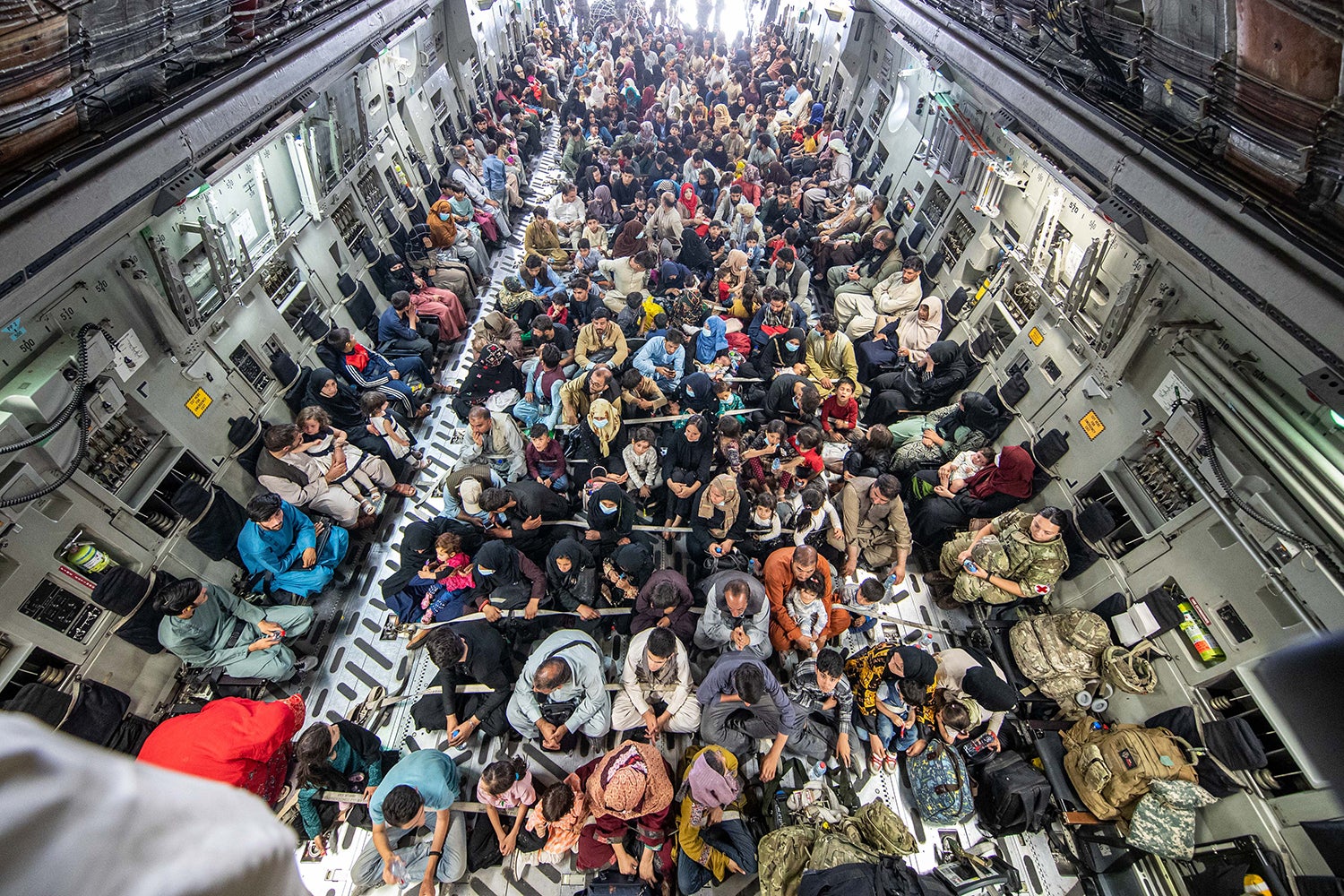
Gul, to the dismay of his family, wants to return to the frontline. “We need to fight to take back Afghanistan, to fight for our honour. If we don’t, who will fight for the honour of our mothers and sisters?” he wants to know. “ Everyone knows about the barbarism going on, It is our duty as soldiers to save our country.”
The quality of the Afghan security forces has varied over time. But those of us who have been on operations with them have witnessed great bravery and sacrifice. Between 70,000 and 90,000 have been killed in action in the last two decades.
The chances of the resistance overthrowing the Taliban regime are slim for now. Help from the US and the West is not forthcoming in any meaningful way. And despite the vows of Akbar and his fellow fighters, they would not be able to overthrow the Taliban regime, with its support from Pakistan, without outside help.
The ignominious Afghan withdrawal continues to cast a dark shadow over the Biden presidency. A review by the administration in April this year sought to blame Donald Trump, who had signed the Doha Agreement with the Taliban, for what transpired. But throughout the US presidential campaign in 2020, Mr Biden had repeatedly affirmed that he would not reverse the pullout decision.
After getting to the White House, he did nothing about the repeated breaches of the agreement by the Taliban, which would have allowed the US to consider its own position. Furthermore, other security decisions by Trump have been reversed by the Biden administration. For instance, it halted an order by Trump to withdraw more than a quarter of the US military forces, around 12,000 troops, from Germany.
Five weeks before Kabul fell, Biden complained when asked about Taliban advances in Afghanistan at a 4 July press conference. “I want to talk about happy things, man,” he said. Five days later he declared, in answer to another Afghan question: “The likelihood there’s going to be the Taliban overrunning everything and owning the whole country is highly unlikely.”
Join our commenting forum
Join thought-provoking conversations, follow other Independent readers and see their replies
Comments
Bookmark popover
Removed from bookmarks